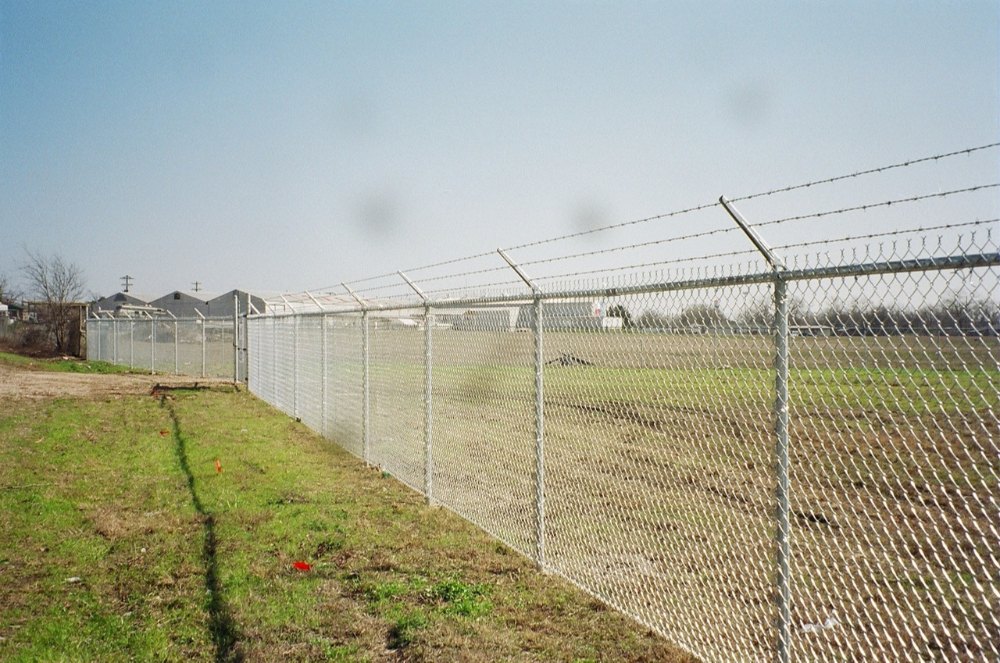In today’s world, as the demand for sustainable living practices increases, eco-friendly fencing materials are becoming an essential aspect of landscaping and property design. Choosing the right fencing materials not only enhances the beauty of your outdoor space but also contributes to environmental preservation. By opting for sustainable alternatives, homeowners can reduce their carbon footprint and create a more eco-conscious living environment. One of the most popular eco-friendly fencing options is recycled wood. This material is not only affordable but also sustainable. Reclaimed wood often sourced from old barns, pallets, or other discarded structures, can be repurposed into attractive, rustic fences. By choosing recycled wood, you prevent the need for harvesting new trees, conserving forests and minimizing deforestation. The natural aesthetic of wood also blends well with a variety of landscaping styles, making it a versatile choice for many homeowners.

Bamboo is another exceptional alternative that is gaining popularity for its sustainability. Bamboo is one of the fastest-growing plants on the planet, capable of reaching maturity in just three to five years. This makes it a renewable resource that can be harvested without depleting the ecosystem. Bamboo fences are durable, lightweight, and can be treated to withstand the elements, Call Them offering a natural look that complements modern and traditional designs alike. Bamboo also requires little water and no chemical pesticides to grow, further reducing its environmental impact. For those looking for a low-maintenance and durable option, vinyl fencing made from recycled materials is an excellent choice. Unlike traditional wood fences, vinyl does not rot, warp, or require frequent painting, making it a long-lasting alternative. While the production of new vinyl can be resource-intensive, opting for recycled vinyl reduces the need for new raw materials and keeps waste out of landfills.
Living fences, such as hedgerows or ivy-covered fences provide another innovative and green alternative. These natural barriers not only offer privacy but also encourage biodiversity by providing habitats for birds, insects, and small animals. Ivy, climbing plants, or even shrubbery can be used to create dense, green fences that evolve with time, offering both beauty and environmental benefits. A living fence helps capture carbon dioxide and other pollutants, further supporting a sustainable ecosystem. Finally, metal fences made from recycled steel provide strength and durability while reducing the environmental costs associated with mining and producing new steel. Steel is highly recyclable, making it an ideal option for eco-conscious fencing. Many metal fences come in a variety of styles, from contemporary to industrial, allowing for flexibility in design. Selecting eco-friendly fencing materials contributes not only to the aesthetic appeal of a property but also to a more sustainable lifestyle. By opting for materials like recycled wood, bamboo, vinyl, living fences, and recycled metal, homeowners can help reduce their environmental impact while maintaining beautiful, functional outdoor spaces.
